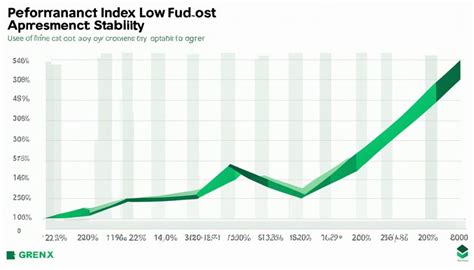Understanding Index Funds for New Investors
Starting your investment journey can feel daunting, but low-cost index funds offer an incredibly accessible and effective entry point for beginners. Unlike actively managed funds that aim to beat the market (often with higher fees), index funds simply track a specific market index, such as the S&P 500 or the total U.S. stock market. This passive approach provides broad diversification, lower fees, and historically strong returns, making them an ideal choice for those just starting out.
The beauty of index funds lies in their simplicity. Instead of picking individual stocks, you invest in a basket of hundreds or even thousands of companies, instantly diversifying your portfolio. This reduces risk compared to holding a few individual stocks and removes the stress of trying to outperform the market, allowing you to focus on consistent contributions over time.
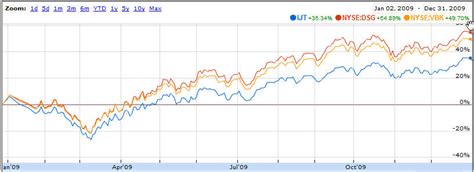
Top Low-Cost Index Funds for Beginners
When selecting low-cost index funds, you’ll generally encounter two main types: mutual funds and Exchange Traded Funds (ETFs). Both offer similar benefits, though ETFs trade like stocks throughout the day, while mutual funds are priced once daily. For beginners, the fund’s underlying index and expense ratio are more critical than the wrapper.
1. Total Stock Market Index Funds
These funds aim to track the performance of the entire U.S. stock market, including large, mid, and small-cap companies. They offer the broadest diversification within the domestic market and are often considered a cornerstone of a beginner’s portfolio.
- Vanguard Total Stock Market Index Fund (VTSAX or VTI): Vanguard is renowned for its low-cost funds. VTSAX is a mutual fund, while VTI is its ETF equivalent. Both provide exposure to over 3,000 U.S. stocks at an exceptionally low expense ratio.
- Fidelity Total Market Index Fund (FSKAX or ITOT): Fidelity offers similar broad market exposure with FSKAX (mutual fund) or the iShares Core S&P Total U.S. Stock Market ETF (ITOT).
- Schwab Total Stock Market Index Fund (SWTSX or SCHB): Charles Schwab also provides a low-cost option with SWTSX (mutual fund) or the Schwab U.S. Broad Market ETF (SCHB).
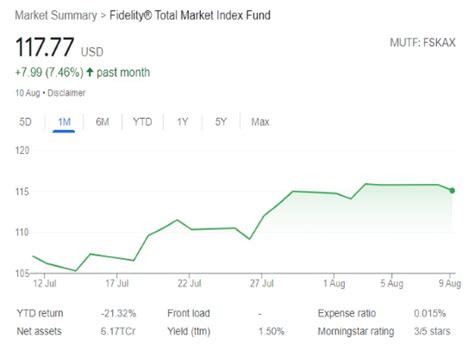
2. S&P 500 Index Funds
The S&P 500 tracks the performance of 500 of the largest U.S. companies, representing approximately 80% of the total U.S. stock market capitalization. While slightly less diversified than a total market fund, it’s still an excellent option that has historically delivered strong returns.
- Vanguard S&P 500 Index Fund (VFIAX or VOO): VFIAX (mutual fund) and VOO (ETF) are incredibly popular choices for gaining exposure to the S&P 500 with minimal fees.
- Fidelity 500 Index Fund (FXAIX or IVV): Fidelity’s FXAIX mutual fund and the iShares Core S&P 500 ETF (IVV) offer comparable performance and low costs.
- SPDR S&P 500 ETF (SPY): Often considered the original S&P 500 ETF, SPY is widely traded and a reliable choice.
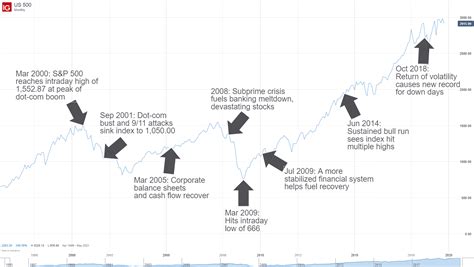
3. International Stock Index Funds
For even greater diversification, consider adding an international stock index fund to your portfolio. This provides exposure to companies outside the U.S., further reducing risk and potentially enhancing returns.
- Vanguard Total International Stock Index Fund (VTIAX or VXUS): Offers broad exposure to developed and emerging markets worldwide.
- Fidelity Total International Index Fund (FTIHX): Fidelity’s equivalent for international diversification.
Key Considerations for Beginners
Expense Ratios
Always prioritize funds with the lowest expense ratios. This is the annual fee you pay as a percentage of your investment. Even a small difference in expense ratios can amount to tens of thousands of dollars over decades due to the power of compounding. Look for funds with expense ratios well under 0.10%.
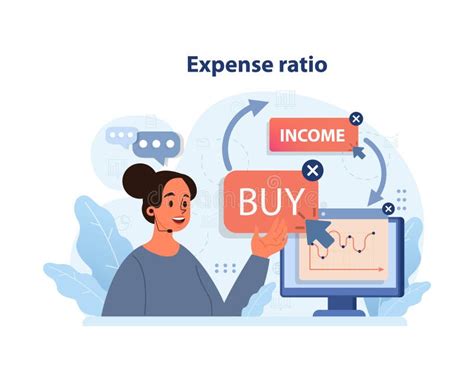
Fund Providers
Major brokerage firms like Vanguard, Fidelity, and Charles Schwab are excellent places to start. They offer a wide array of low-cost index funds and ETFs, often with commission-free trading, making it easy to invest without incurring additional fees.
Automation and Consistency
The best strategy for beginners is to set up automated investments. Regularly contributing a fixed amount (e.g., monthly) regardless of market fluctuations is known as dollar-cost averaging. This removes emotion from investing and ensures you buy more shares when prices are low and fewer when prices are high, averaging out your cost over time.
Building a Simple, Diversified Portfolio
For many beginners, a simple two- or three-fund portfolio can provide excellent diversification:
- U.S. Total Stock Market Fund: (e.g., VTSAX/VTI) for domestic exposure.
- International Total Stock Market Fund: (e.g., VTIAX/VXUS) for global diversification.
- Bond Index Fund (Optional): For those seeking lower volatility or nearing retirement, a bond fund (e.g., Vanguard Total Bond Market Index Fund, VBTLX/BND) can add stability, though it’s often less critical for young investors with a long time horizon.
By focusing on these core, low-cost index funds, beginners can build a robust investment portfolio that is diversified, easy to manage, and poised for long-term growth. The most important step is to simply get started and maintain consistency.

